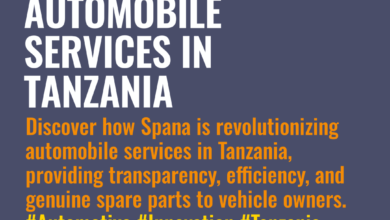Automotive industry worldwide – statistics & facts

Passenger cars made up the largest share of motor vehicle sales worldwide, representing around 70.4 percent of sales. China and the United States were the largest markets for this segment in 2022, partly due to a culture of mass-motorization prevalent in the United States. China was one of the markets where passenger vehicle sales bounced back from their 2020 drop, with the country’s 2022 sales volume some 9.9 percent above 2019 sales. As China focuses on becoming an export hub for manufacturers, its exports also come under increased scrutiny, such as the European Union’s anti-subsidy investigation on Chinese electric vehicles, launched in 2023.
While these developments do not suggest a downturn, the automotive industry must contend with these changes.
Production is slower to increase
The automotive manufacturing industry generated approximately 2.52 trillion U.S. dollars in revenue in 2022, a decrease from 2021. However, this market size is expected to grow in 2023. While global sales started to recover in 2021, global motor vehicle production was slower to pick back up due to the chip shortage and raw material price increase. Heavy commercial vehicles were the most affected as the only segment reporting a production decrease in 2022, though most segments such as passenger cars and light commercial vehicles were also still behind the output recorded in 2019, despite their growth. China was the leading car producer worldwide, with over 23.8 million units manufactured in 2022. This was over threefold the production of Japan, which came second in the ranking.
While Japan was behind China in car output, the Japanese Toyota was the best-selling automotive brand worldwide in 2022, holding some 11.5 percent of the global market. It was followed by Germany-based Volkswagen, which held 6.7 percent of the market. The Volkswagen Group and Toyota Motor are in tight competition to lead the market. While Toyota was the best-selling brand of 2022, the Volkswagen Group reported the highest revenue that year, at around 293.5 billion U.S. dollars. The Volkswagen Group was also the manufacturer investing the most in research and development in 2022, at about 18.9 billion euros. Most of these expenses were research into alternative drive systems and life cycle engineering and recycling.
Innovation brings new market challenges
Prompted by global initiatives such as the Paris Agreement, several countries have started enacting stricter emissions controls on new vehicle models. As such, automakers are beginning to expand their business into the electric mobility sector. Global automotive research and development spending has been steadily increasing between 2020 and 2022, boosted by a soaring plug-in electric light vehicle (PEV) market, which increased by 56.9 percent year-over-year in 2022. China and the United States are among the market leaders in this sector, with new electric vehicle registrations growing by 82 percent year-over-year in China in 2022.
On an automaker level, Volkswagen’s investment in research and development led to it being among the five best-selling PEV brands in the first half of 2023. However, the Chinese brand BYD and U.S.-based Tesla were the market leaders, with BYD overtaking Tesla in sales volume in 2022.
Electric vehicles are one of many market developments in the automotive industry. Increased environmental consciousness led consumers to rethink their mobility options. In 2022, passenger cars and vans made up around 48 percent of carbon dioxide emissions produced by the transportation sector worldwide. With the addition of buses, and medium- and heavy-duty trucks, this share grows to 79 percent. This increased awareness contributes to the rising interest in mobility services, while autonomous vehicles are also set to stir up another automotive sector revolution in particular as interest in artificial intelligence grows among manufacturers and consumers alike.
This text provides general information. Statista assumes no
liability for the information given being complete or correct.
Due to varying update cycles, statistics can display more up-to-date
data than referenced in the text.


